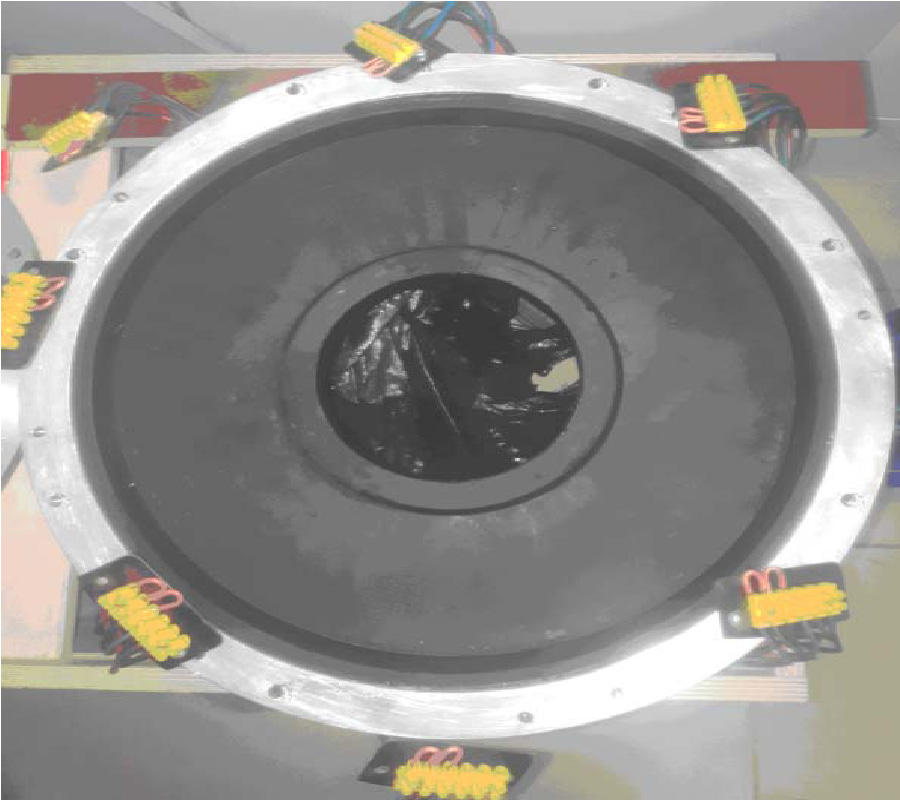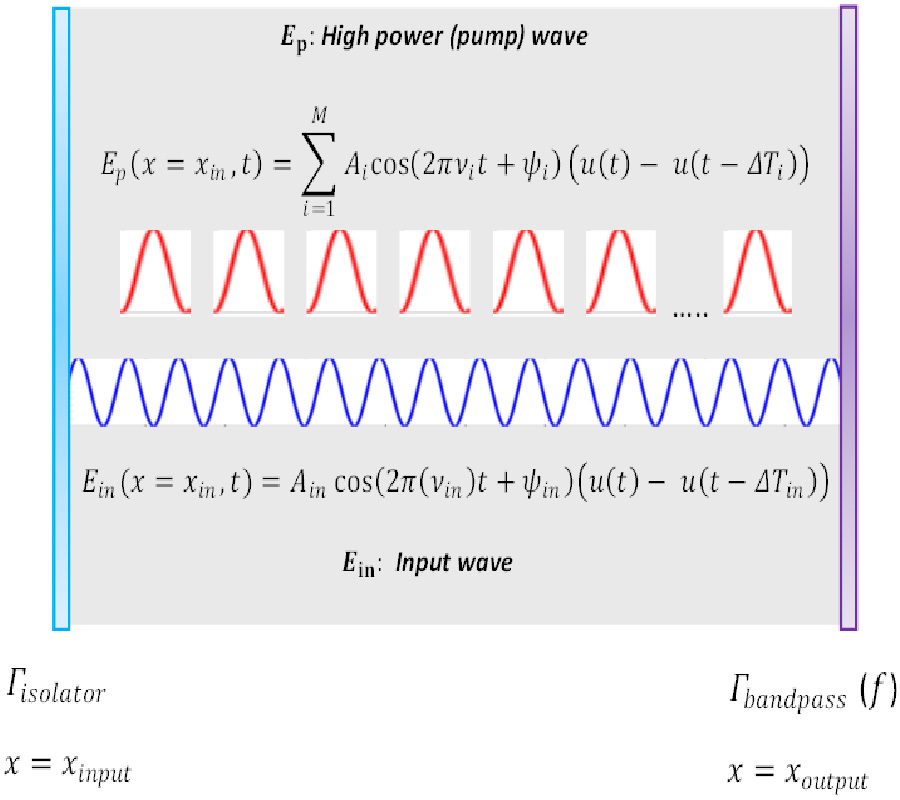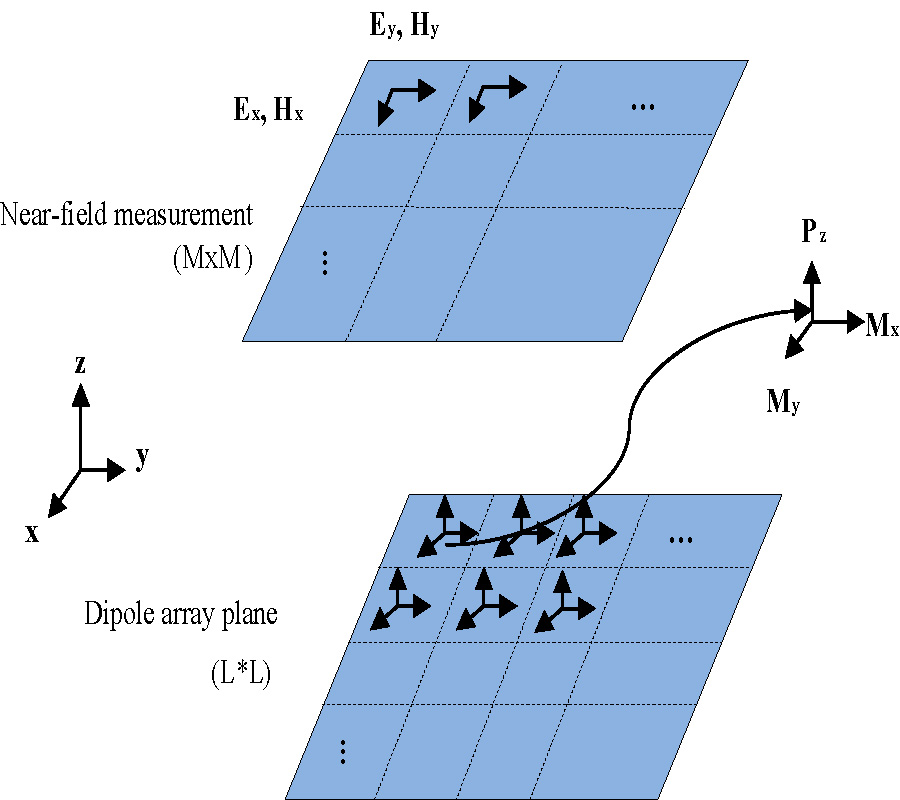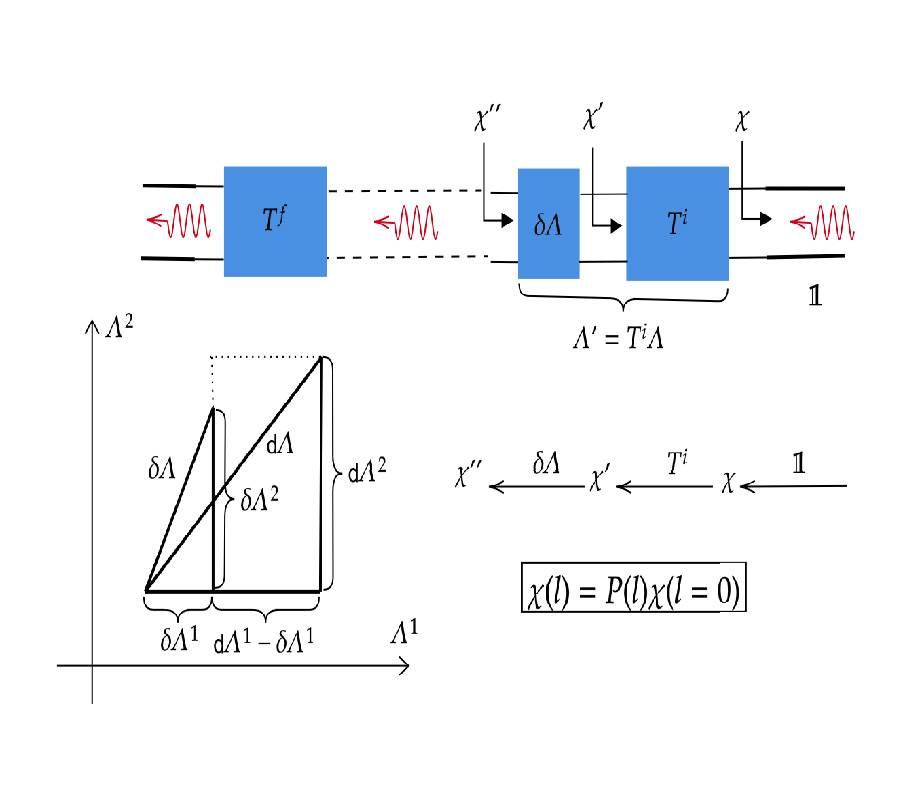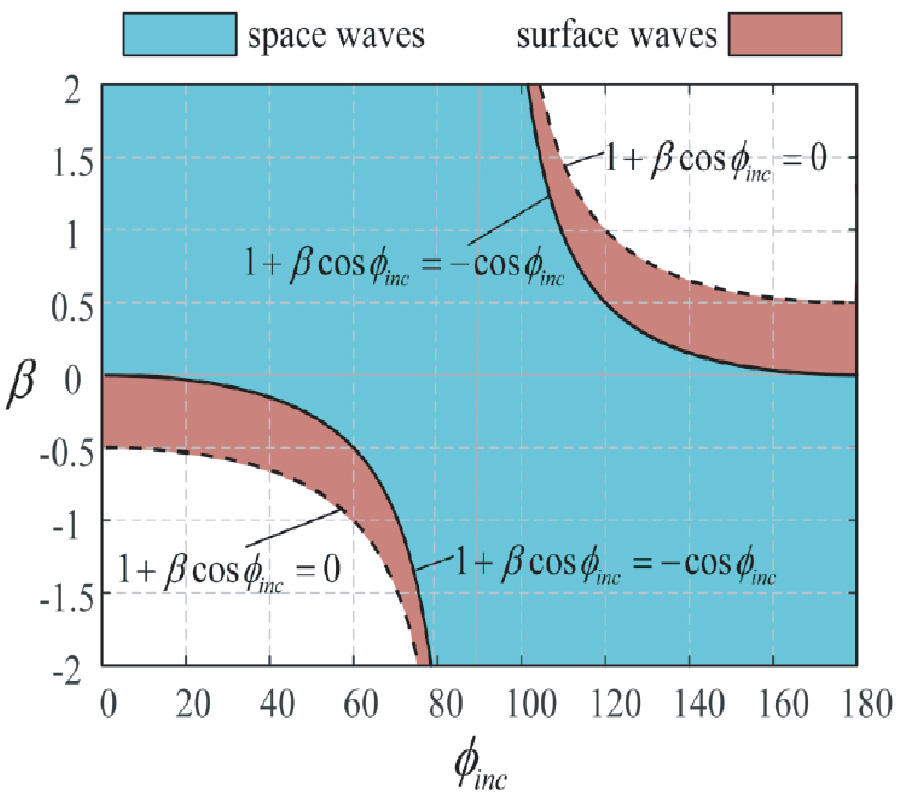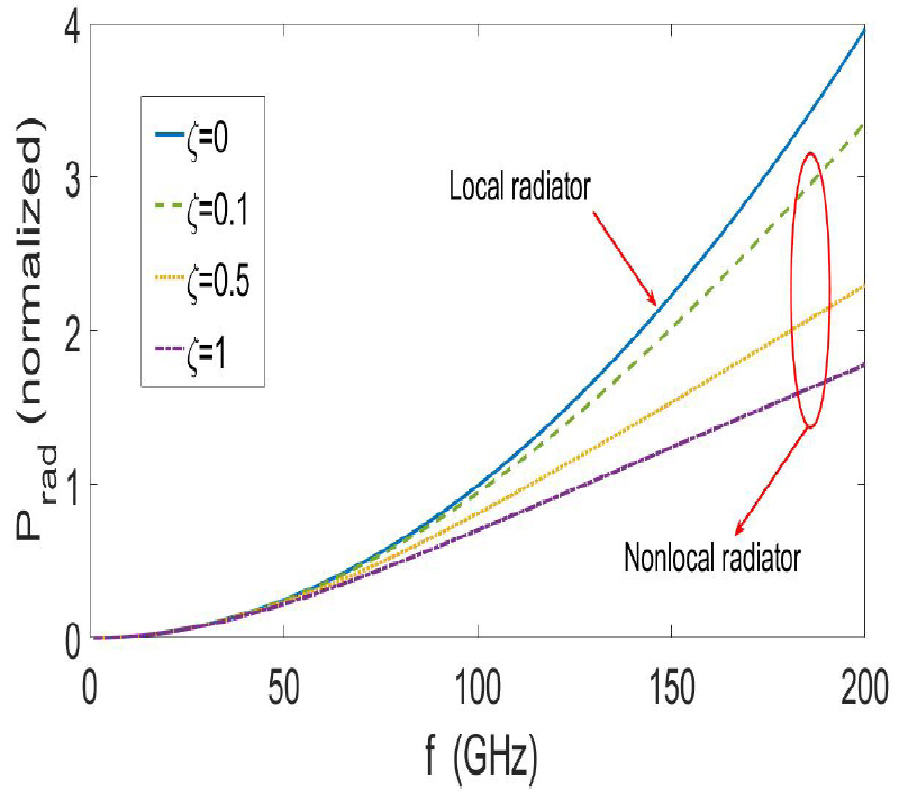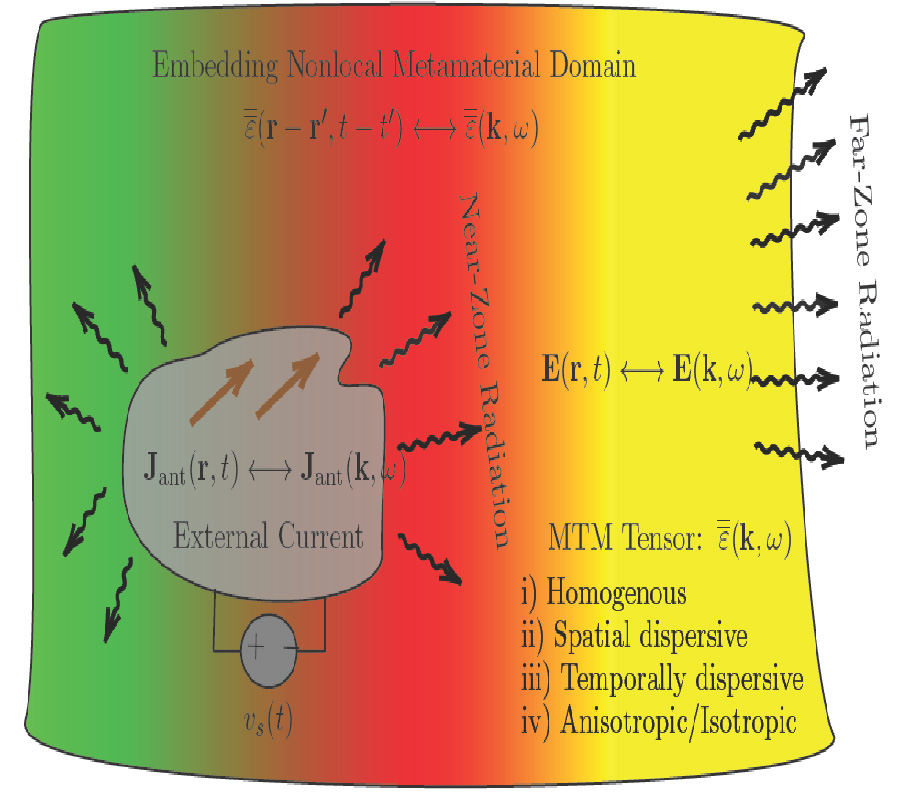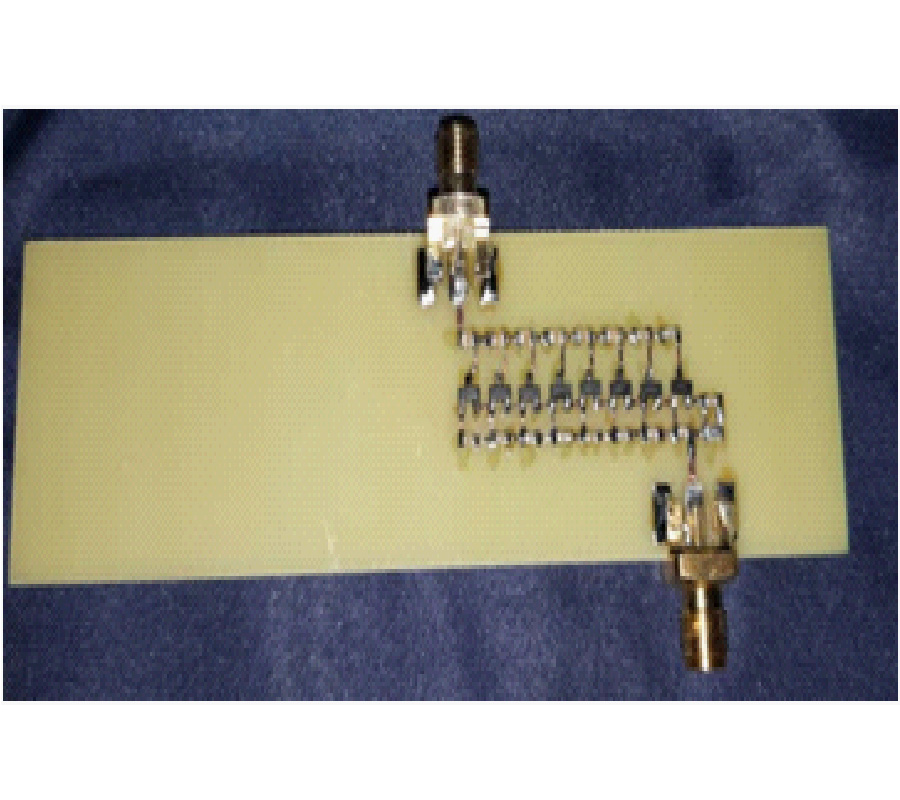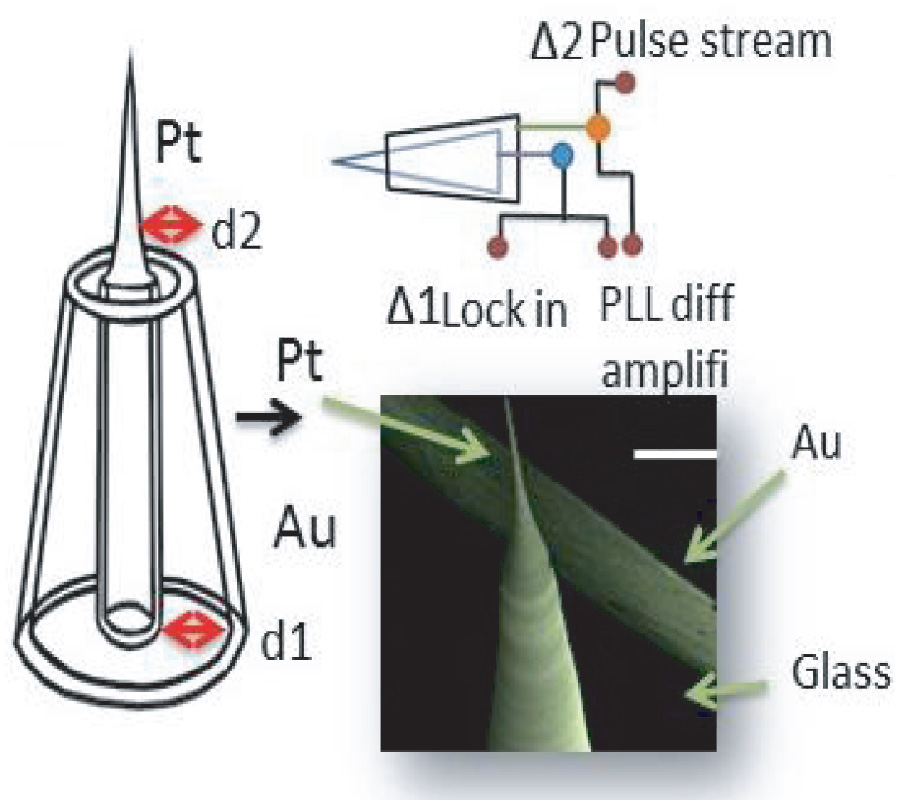Recent Advances in Wearable Antenna Technologies: A
Review
Sarmad Nozad Mahmood,
Asnor Juraiza Ishak,
Tale Saeidi,
Hussein Alsariera,
Sameer Alani,
Alyani Ismail and
Azura Che Soh
Wearable antennas have received a great deal of popularity in recent years owing to their enticing characteristics and opportunities to realize lightweight, compact, low-cost, and versatile wireless communications and environments. These antennas must be conformal, and they must be built using lightweight materials and constructed in a low-profile configuration when mounted on various areas of the human body. These antennas ought to be able to function close to the human body with limited deterioration. These criteria render the layout of wearable antennas demanding, particularly when considering factors such as investigating the usability of textile substrates, high conductive materials during fabrication processes, and the effect of body binding scenarios on the performance of the design. Although there are minor differences in magnitude based on the implementations, several of these problems occur in the body-worn deployment sense. This study addresses the numerous problems and obstacles in the production of wearable antennas, their variety of materials, and the techniques of manufacturing alongside with bending scheme. This is accompanied by a summary of creative features and their respective approaches to address these problems recently raised by work in this area by the science community.
